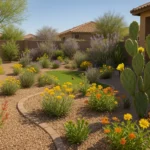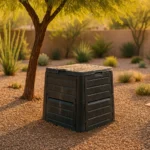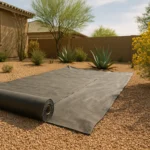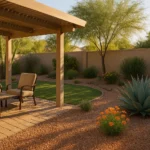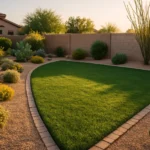As a Gilbert resident and gardening enthusiast, you might be interested in creating a vibrant, thriving garden that not only enhances the beauty of your home but also contributes to the local ecosystem. One of the most rewarding ways to do this is by designing a pollinator garden. These special gardens attract a variety of pollinators, such as bees, butterflies, and hummingbirds, promoting biodiversity and helping plants thrive. Here are my essential tips to help you create a successful pollinator garden in Gilbert.
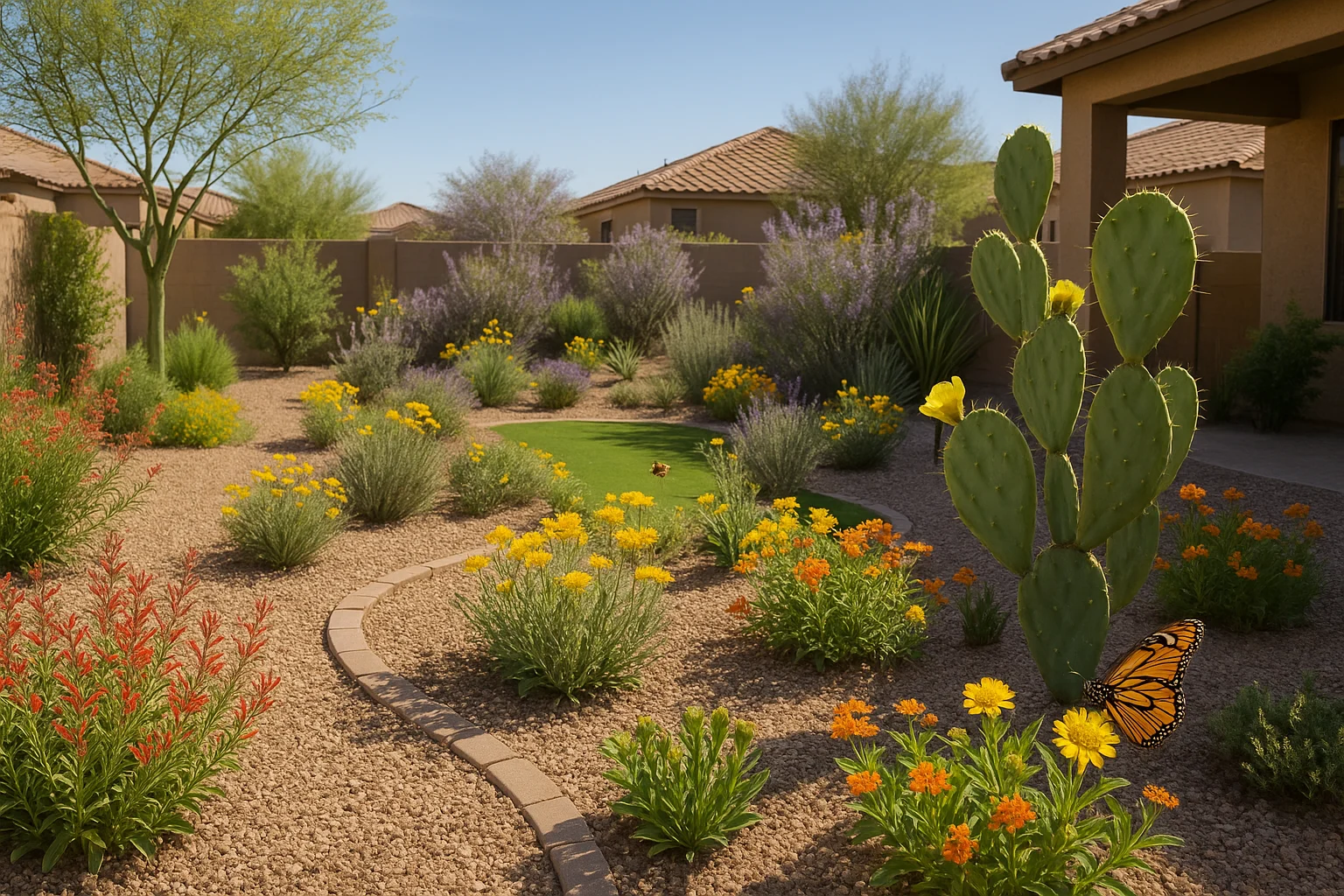
Understanding the Importance of Pollinator Gardens
Before diving into the tips, it’s crucial to understand why pollinator gardens are so important. These gardens serve as a sanctuary for pollinators, offering them a secure habitat and a reliable source of food. In return, these pollinators play an essential role in our ecosystem by aiding plant reproduction, which in turn ensures the production of fruits and vegetables. Especially in a place like Gilbert, where the harsh climate can pose challenges for pollinators, creating a friendly environment for them in your garden can make a significant difference.
Beyond the environmental benefits, pollinator gardens can add a splash of color and life to your backyard. Imagine stepping outside to a garden buzzing with activity, with bees humming, butterflies fluttering, and birds chirping. It’s a wonderful way to get closer to nature without leaving your home.
Selecting the Right Plants
The first step in creating a pollinator garden is selecting the right plants. Pollinators are attracted to a variety of native plants that offer nectar and pollen. Here are a few options well-suited to Gilbert’s climate:
- Desert Marigold: This drought-tolerant plant produces bright yellow flowers that are highly attractive to bees.
- Penstemon: With their tubular flowers, these plants are perfect for attracting hummingbirds.
- Butterfly Bush: As the name suggests, these bushes are a favorite among butterflies.
- Salvia: These plants, with their vibrant flowers, attract a variety of pollinators and are easy to grow in Gilbert.
Remember, diversity is key in a pollinator garden. Try to choose a variety of plants that bloom at different times to ensure a continuous food source for pollinators.
Providing Water and Shelter
Pollinators need more than just food; they also require water and shelter. Be sure to install a shallow water dish, birdbath, or even a small pond in your garden. Remember to keep the water fresh and clean to prevent the spread of disease.
For shelter, consider installing a bee house or butterfly house. You can also provide natural shelter by leaving some areas of your garden a little wild. Piles of rocks, logs, and dense shrubs can all serve as excellent hiding spots for pollinators.
Avoiding Pesticides
While it’s tempting to use pesticides to keep unwanted pests at bay, it’s important to remember that these chemicals can also harm beneficial insects, such as bees and butterflies. Instead of using harsh chemicals, opt for organic pest control methods. From introducing beneficial insects that prey on pests to using homemade sprays with mild ingredients, there are many ways to keep your garden pest-free without harming pollinators.
Regular Maintenance
A successful pollinator garden requires regular maintenance. This includes watering plants regularly, pruning as needed, and replacing plants that aren’t thriving. As part of your maintenance routine, observe the pollinators in your garden. Keep track of the species you see and their activity. This can help you understand what’s working in your garden and what needs to be improved.
Creating a pollinator garden in Gilbert can be a rewarding experience, offering benefits not only for you and your garden but also for the local ecosystem. With the right plants, a source of water and shelter, and regular care, you can create a thriving pollinator garden that buzzes with life.
Remember, every garden is unique, so don’t be afraid to experiment and find what works best for you. Happy gardening!

